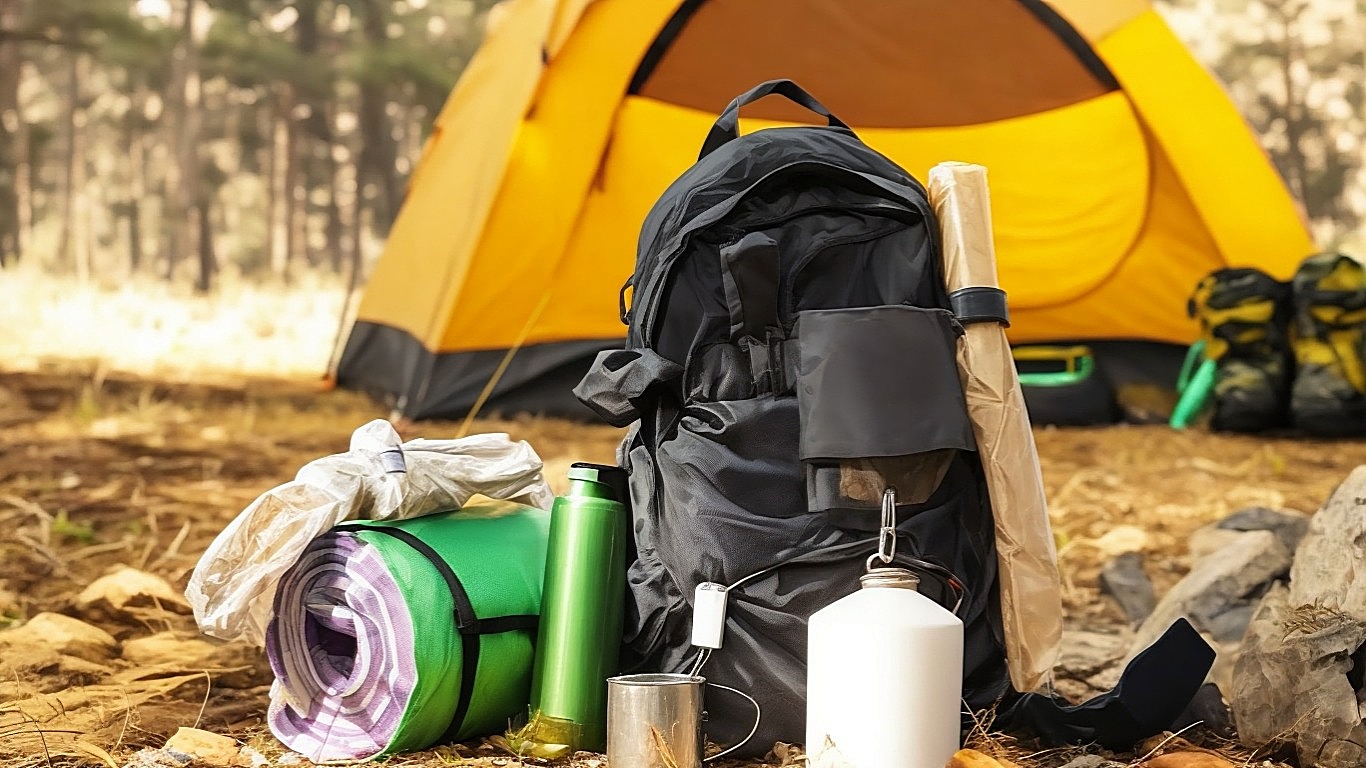Welcome to the world of survival camping! Camping in the great outdoors can be a thrilling and rejuvenating experience, but it’s important to be prepared for any situation that may arise. In this article, we will delve into the essential survival camping tips that will ensure your safety and comfort while enjoying your time in nature.
How to Arrange Your Backpacking Camping

Importance of Proper Packing
Properly packing your backpack is crucial for survival camping. It not only ensures that you have all the necessary items, but it also distributes the weight evenly, making it easier to carry. When venturing into the wilderness, you want to make sure you have everything you need to survive.
Remember to pack essentials like a first aid kit, navigation tools, a multi-tool, extra clothing, and food. It’s also wise to bring emergency supplies such as a flashlight, extra batteries, and a whistle in case you find yourself in a tricky situation.
Three Zones of a Backpack
When organizing your backpack, divide it into three zones: the base, center, and top. In the base zone, place heavier items like your sleeping bag, tent, and camp stove. These items should be near your back to distribute the weight evenly and provide stability while walking.
In the center zone, pack lighter items like clothes and cooking utensils. This zone should be evenly balanced on both sides to maintain stability. Finally, in the top zone, store frequently used items such as snacks, a water bottle, and a map. This makes them easily accessible without the need to rummage through your entire backpack.
Make a Stove
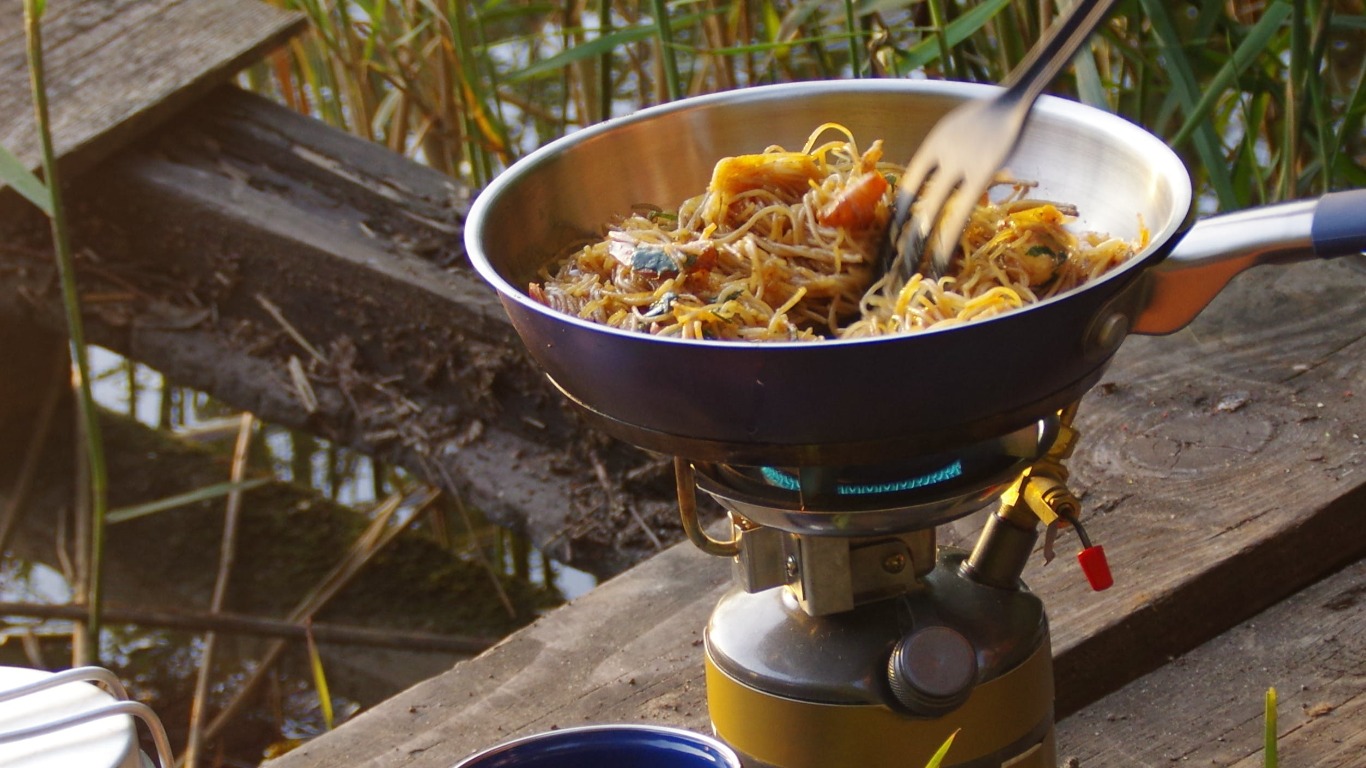
DIY Stove Making
Imagine sitting around a warm fire, enjoying a hot meal in the wilderness. Making a stove in the wild is easier than you think. One method is to gather rocks to create a fire ring and place your cooking pot on top. Another option is to build a simple stove using tin cans.
All you need are two tin cans of different sizes. Make several air holes at the bottom of the larger can and place the smaller can inside. Fill the space between the cans with insulation material such as sand or dirt. This insulating layer helps retain heat and allows for efficient cooking.
Alternative Fuel Sources
If you find yourself in a situation where dry wood is scarce, don’t fret. There are alternative fuel sources you can use to start a fire and cook your meals. You can rely on natural materials like dry leaves, twigs, and small branches. Another option is to carry some fire starters or waterproof matchsticks to ensure you can start a fire even in damp conditions.
Dry Your Wet Boots
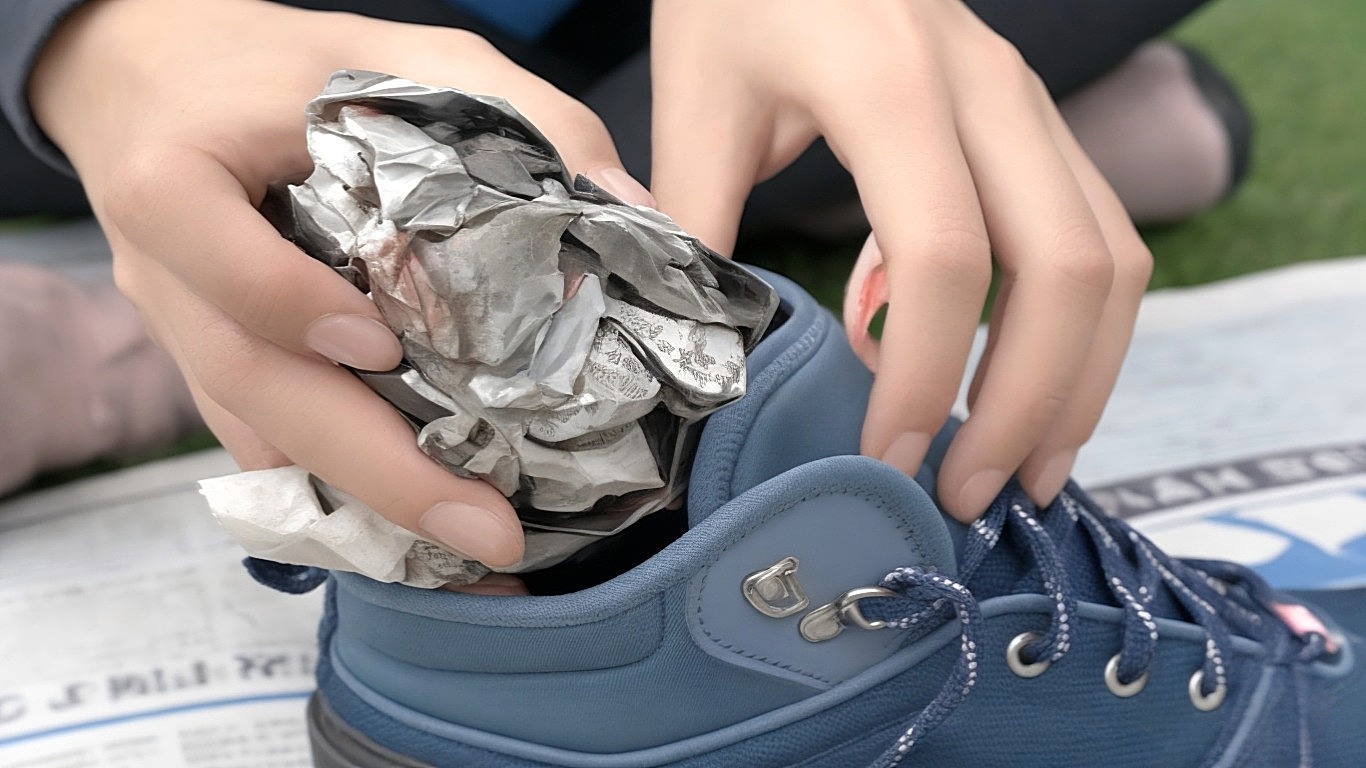
Methods to Dry Boots
One of the challenges of camping in wet conditions is having to deal with soggy boots. Wet boots not only cause discomfort but can also lead to blisters and foot issues. To dry your boots, remove the laces and insoles and stuff them with newspaper or microfiber towels.
You can also hang them near a fire (but not too close!) or use a boot dryer if you have one. Avoid exposing them to direct sunlight for extended periods as it can cause the material to deteriorate. A little patience and some creative drying techniques will have your boots ready for another hiking adventure.
Safety Precautions
When drying boots near a fire, it’s essential to take safety precautions to prevent fire risks. Make sure the boots are placed at a safe distance from the flames and use a non-flammable surface to avoid accidents. Always monitor the drying process and never leave the boots unattended near an open fire.
Waterproof Your Shelter
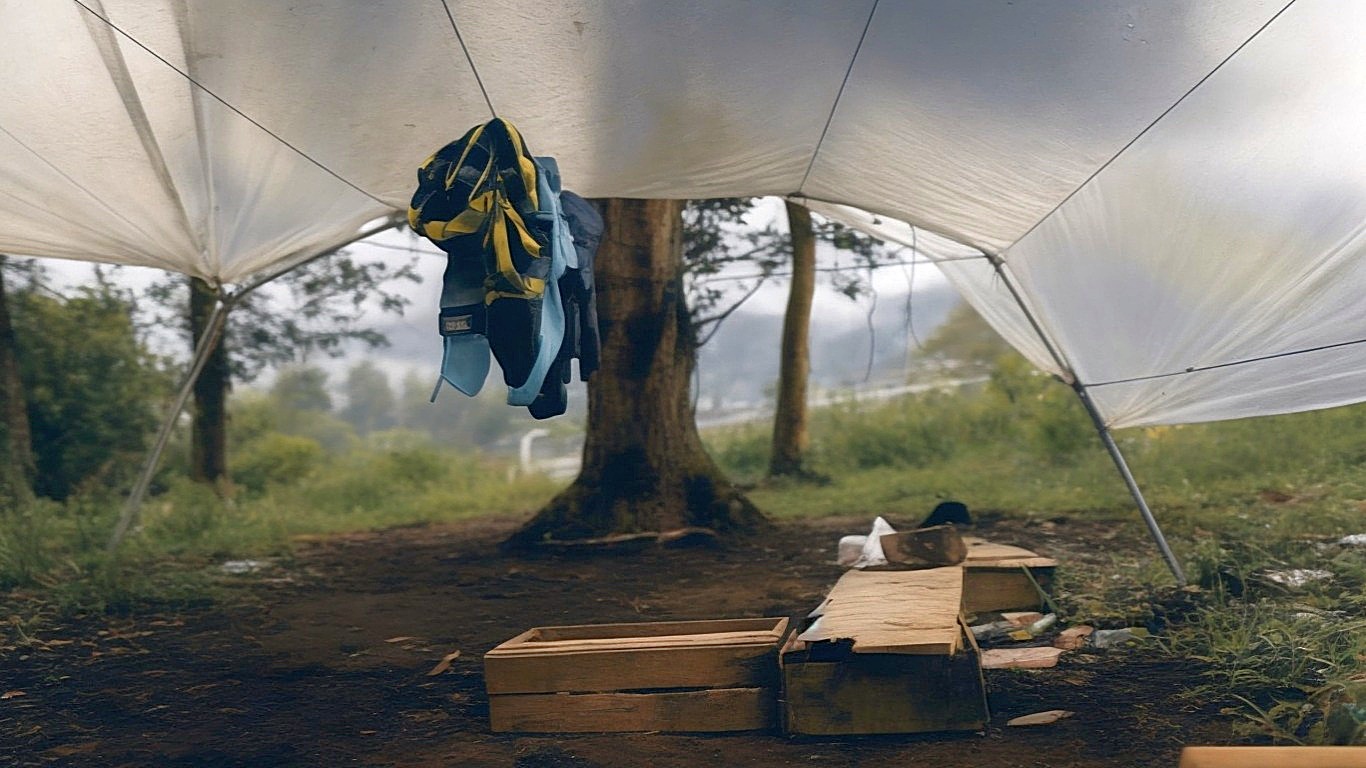
Using Spray Sealants
When camping, a waterproof shelter is essential to protect you from rain, wind, and other elements. One way to waterproof your tent is by using spray sealants. These sealants create a protective barrier on the fabric, preventing water from seeping through and keeping you dry.
Before applying the sealant, clean the tent thoroughly and let it dry. Spray the sealant evenly across the surface, focusing on areas prone to leaks like seams and corners. Allow it to dry completely before packing it away. Remember to test your waterproofed shelter before heading out to ensure its effectiveness.
Alternative Methods
If you don’t have access to spray sealants, tarps can serve as an excellent alternative for creating a waterproof shelter. Choose a durable and waterproof tarp and learn how to tie various knots to secure it to trees or other anchor points. This makeshift shelter can provide protection from rain and wind, giving you a dry and cozy camping experience.
A Rope is More Helpful Than You Thought
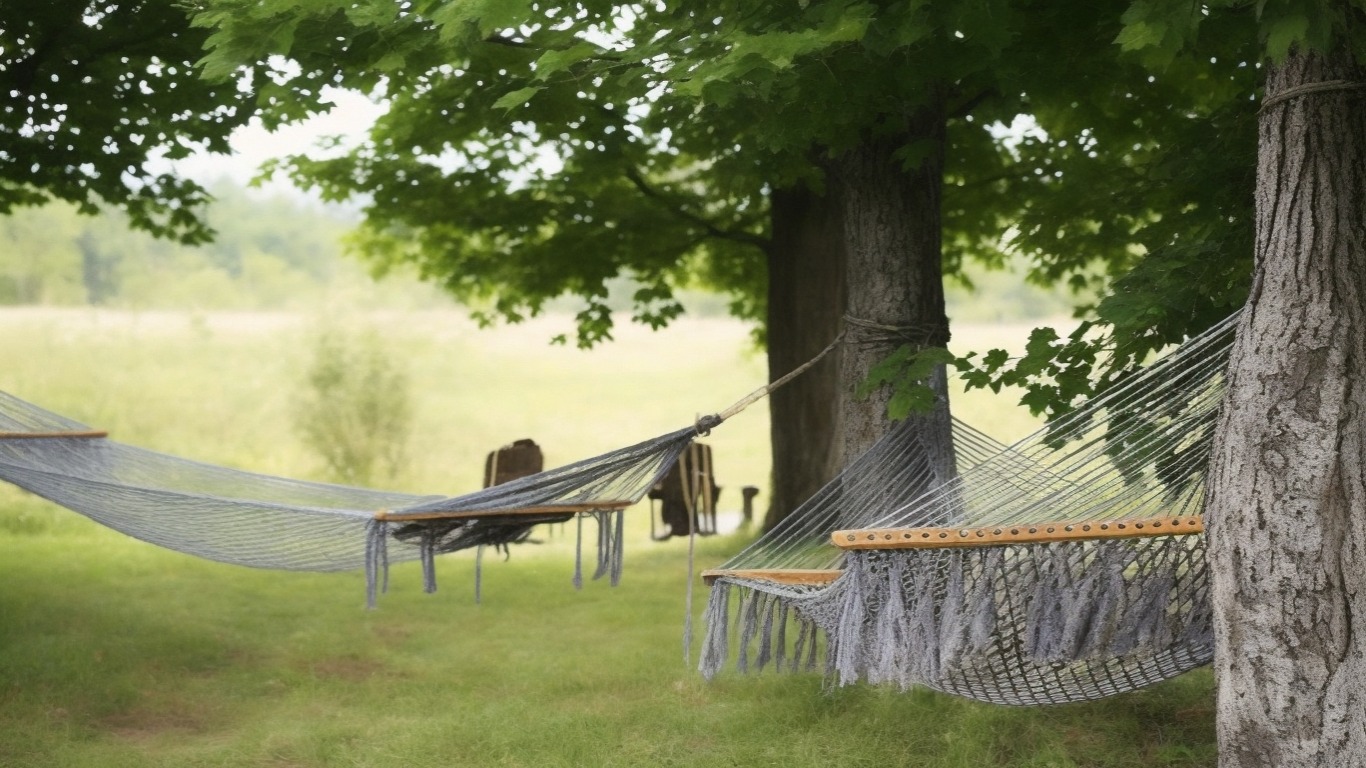
Various Uses of Rope
A simple rope is a versatile tool that can be a lifesaver in the wilderness. From setting up a shelter and securing tarps to creating a clothesline or even pulling yourself out of a difficult situation, the uses of a rope are endless. It’s essential to carry a sturdy and reliable rope with you on your camping trips.
When choosing a rope, opt for a braided nylon rope as it is lightweight, strong, and resistant to wear and tear. Learn a few basic knots like the bowline knot and clove hitch to expand your repertoire of rope skills.
Emergency Uses
In emergency situations, a rope can be a true lifesaver. It can be used to rappel down steep cliffs, create a makeshift stretcher, or secure your belongings to prevent them from drifting away in a river. It’s also an important tool for building a rescue signal or creating a temporary bridge.
Always keep a length of rope easily accessible in your backpack, so it’s readily available when you need it the most.
Portable Small Refrigerators

Keeping Food Fresh
Keeping your food fresh while camping is crucial to ensure you have safe and tasty meals throughout your trip. Portable refrigerators are an excellent solution for storing perishable items like meat, dairy products, and fruits. These compact refrigerators run on portable power sources, such as battery packs or solar panels.
Investing in a portable refrigerator eliminates the need for carrying bulky coolers filled with ice, which can quickly melt, leaving your food at risk of spoilage. These fridges can maintain low temperatures, preserving your food for longer periods and giving you peace of mind.
DIY Ice Blocks
If you don’t have access to a portable refrigerator, you can make your own ice blocks to help keep your cooler’s contents cold for longer. Fill clean milk jugs or containers with water and freeze them before your camping trip. These ice blocks act as slow-melting ice packs, keeping your food chilled and reducing the risk of cross-contamination.
Flip the Battery Upside Down
Preventing Accidental Activation
There’s nothing worse than reaching for your flashlight in the dark only to discover that the batteries have drained. To prevent accidental activation and drain, flip the batteries upside down when storing them in your devices. This simple trick ensures that the battery terminals don’t come into contact with the device’s connectors, effectively preserving battery life.

Conserving Battery Life
Conserving battery life is essential, especially in emergency situations where a reliable power source may be limited. To extend the life of your batteries, turn off devices when not in use, adjust brightness settings to the lowest necessary level, and prioritize the use of essential devices.
By implementing these battery-saving techniques, you can ensure that your flashlight, radio, or GPS device will be reliable when you need them most.
Camping is a fantastic way to connect with nature and embark on exciting adventures. However, being prepared with survival camping tips is crucial to ensure your safety and comfort in the great outdoors. Remember the importance of proper packing, useful DIY skills like stove making, and techniques to dry wet boots. Waterproofing your shelter, harnessing the power of rope, and investing in portable refrigerators can significantly enhance your camping experience.
Lastly, don’t forget the small details like flipping your batteries and conserving their life. Apply these survival camping tips on your next outdoor adventure, and you’ll be well-prepared to face any situation that comes your way. Stay safe, have fun, and embrace all that nature has to offer!
